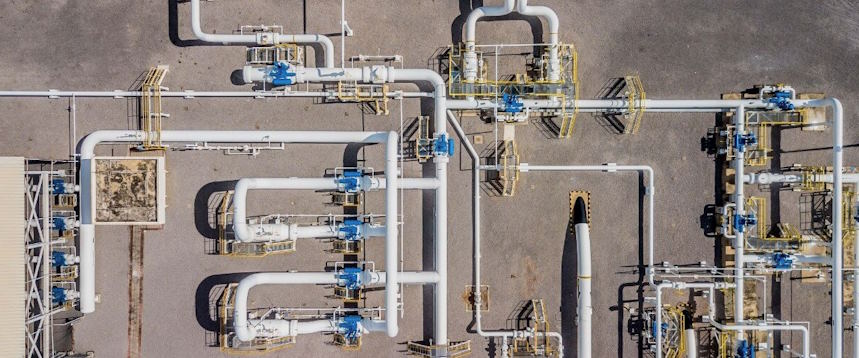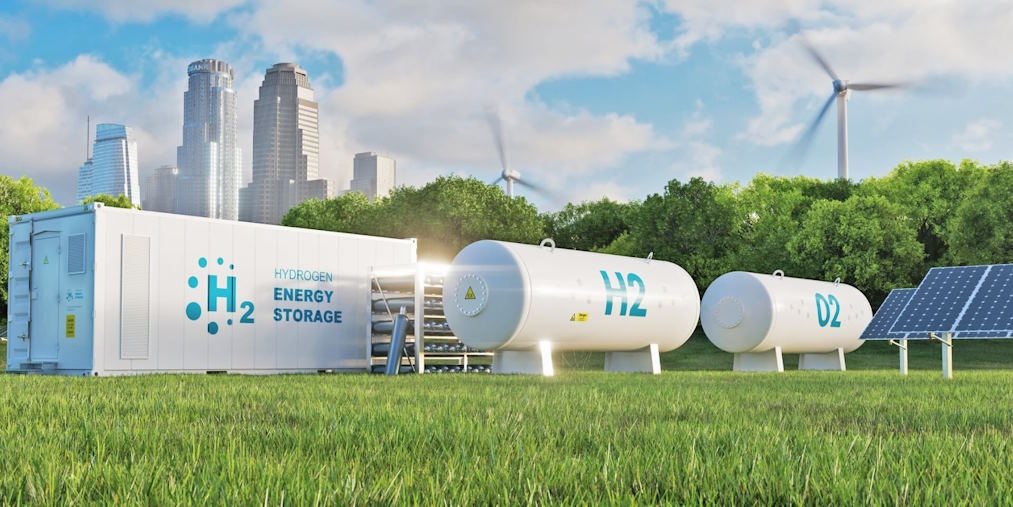Green Hydrogen Production
Renewable Energy Source
Green hydrogen is produced using renewable energy sources such as wind, solar, or hydropower through electrolysis. During electrolysis, an electric current is passed through water (H2O), splitting it into hydrogen (H2) and oxygen (O2).
Zero Emissions
Unlike traditional hydrogen production methods like steam methane reforming, which releases greenhouse gases, the production of green hydrogen emits zero or minimal carbon dioxide (CO2) emissions. It makes it a clean and sustainable energy carrier.
Role in Decarbonization
Clean Energy Carrier
Green hydrogen acts as an energy carrier, storing renewable energy in a chemical form that can be easily transported and used when needed. It can replace fossil fuels in various sectors, including transportation, industry, and power generation.
Industrial Decarbonization
Industries that rely heavily on fossil fuels, such as steel, cement, and chemicals, can transition to green hydrogen as a cleaner alternative. These industries can significantly reduce their carbon footprint by using green hydrogen as a feedstock or fuel.
Energy Storage
Green hydrogen can be crucial in energy storage and grid balancing. Excess renewable energy generated during periods of high production can be used to produce green hydrogen, which can then be stored and converted back to electricity when renewable generation is low.

Reducing Greenhouse Gas Emissions
Mitigating Climate Change
Green hydrogen is a powerful tool in mitigating climate change. Replacing fossil fuels helps reduce CO2 emissions from sectors that are challenging to decarbonize using other methods.
Energy Transition
As countries strive to meet their climate goals and transition to a low-carbon economy, green hydrogen is a critical energy mix component. It provides a pathway to decarbonize sectors that are hard to electrify directly.
Challenges and Opportunities
Cost Reduction
Currently, the cost of green hydrogen production is higher than that of hydrogen produced from fossil fuels. However, ongoing research and technological advancements are expected to reduce costs, making green hydrogen more competitive.
Infrastructure Development
The widespread adoption of green hydrogen requires significant infrastructure development, including hydrogen production facilities, transportation, and distribution networks.
Policy Support
Governments and international organizations promote green hydrogen through incentives, subsidies, and policies that encourage its production and use.

